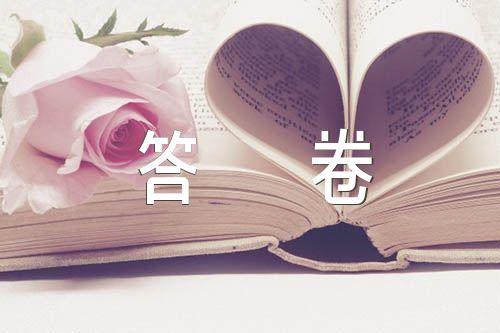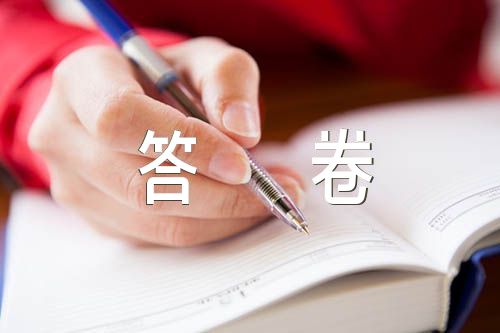
Huaqing Pool is located at the foot of the Lishan Mountain, a branch range of the Qinling Ranges, and stands 1,256 metres high. It is covered with pines and cypresses, looking very much like a like a dark green galloping horse from a long distance. So it has the name of the Lishan Mountain (Li means a black horse).
The Tang dynasty Emperor Xuan Zong and his favourite lady, Yang Gui Fei used to make their home at Frost Drifting Hall in winter days. When winter came, snowflakes were floating in the air, and everything in sight was white. However, they came into thaw immediately in front of the hall. It owed a great deal to the luke warm vapour rising out of the hot spring. This is the Frost Drifting Hall that greets us today.
Close by the Frost Drifting Hall lies the Nine Dragon Pool. According to legend, the Central Shaanxi Plain was once stricken by a severe drought in the very remote past. Thus, by the order of the Jade Emperor (the Supreme Deity of Heaven), an old dragon came at the head of eight young ones, and made rain here. Yet when the disaster was just abating, they lowered their guard so much that it became serious again. In a fit of anger, the Jade Emperor kept the young dragons under the Jade Cause Way (玉堤), with the Morning Glow Pavilion and the Sunset Pavilion built at both ends of it respectively, to make the young dragons spout cleat water all day long to meet the needs of local irrigation. Besides, he had the old dragon confined to the bottom of the Roaring Dragon Waterside Pavilion situated at the upper end of the Jade Causeway, and obliged him to exercise control over the young.
The Nine-Bend Corridor west of the Nine Dragon Pool leads directly to the Marble Boat, which resembles a dragon boat on the water surface. In the Marble Boat lies the Nine Dragon Tang (the Nine Dragon Hot Spring where Emperor Xuan Zong used to take baths). At the head of his court ladies and hundreds of his officials, he would come to the Huanqing Palace to spend his winter days in October of the Lunar calendar and return to Chang’an City as the year drew to its close. The Nine Dragon Hot Spring was originally built with crystal jade, whose surface was decorated with the carvings of fish, dragons, birds and flowers. In it twin lotus flowers also carved with white jade could be seen as well. The spring water welled from the break of an earthen jar, and spouted up to the lotus flowers. Hence the name Lotus Flower Tang (the Lotus Flower Hot Spring).
The Gui Fei Bathing Pool was where Yang Gui Fei, Emperor Xuan Zong’s favorite lady, used to take bath. It was originally built with white jade, and in its center a blooming flower spouted water like a spring. The pool looked very much like a Chinese flowering crabapple; Hence its name the Chinese Flowering Crabapple Hot Spring or the Lotus Hot Spring..
Lady Yang used to make a stay in this pavilion to see sights or to air her hair after a bath. Therefore, it was named the Hair Airing Pavilion. Whether the sun was rising or setting, the pavilion was aglow with sunshine; hence the name the Flying Roseate Pavilion.
Southwest of the Gui Fei Bathing Pool stands a brick-built pavilion. On its head three big Chinese characters “Xi Jia Lou” (Fine Sunset-Bathed Pavilion)are inscribed according to the model of the most celebrated according to the model of the most celebrated Chinese calligrapher, Yu You Ren, here is the source of the spring water.
At this spa there are four hot springs. They have an hourly flow of 112 tons, and a constant temperature of 43°C. The spring water contains lime, sodium carbonate, sodium sulphate and other minerals, which makes it suitable for bathing and considerable treatment of quite a few diseases such as dermatosis, rheumatism, arthritis and muscular pain. The Fine Sunset-Bathed Pavilion marks the first source of the spring water, which was discovered some 3,000 years ago, roughly in the Western Zhou Dynasty. Its water flow averages 25 tons per hour.
Take up the steps east of the source of hot springs, you will gradually see the Five-Room Pavilion where Chiang Kaishek made a temporary stay during the Xi’an Incident.
The Xi’an Incident took place on December 12, 1936, and it is also known as the Double Twelfth Incident. After the Incident of September 18, 1936, the Japanese imperialists seized the three provinces northeast of China, and intensified their invasion of North China. This was the very moment vital to the Chinese nation. Yet Chiang Kaichek persisted doggedly in carrying out his reactionary policy “domestic tranquility is a must for the resistance against Japanese invades,” and commanded the Northeast Army and Northwest Army, respectively headed by Zhang Xueliang and Yang Hucheng, to attack the Shaanxi-Gansu-Ningxia Border Region. Inspired by our Party’s policy “let us stop the internal war and unit to resist the Japanese aggressors,” those two generals made to Chiang Kaishek the proposal of forming a united front with the Communist Party for the resistance. Not only did he reject the proposal, but flew to Xi’an to scheme the “suppression of the Communist Party.” And the slaughter of the patriotic youth. Out of patriotism, Zhang and Yang started the famous Xi’an Incident.
Very early on the morning of December 12, 1936 the Incident was impending. Zhang Xueliang, together with Yang Hucheng ordered a squad of bodyguards to surround the Huaqing Pool. They fought a fierce battle there, and wiped out Chiang’s bodyguards in one vigorous effort. The sound of firing came to Chiang Kaishek, and he was so terrified that he crept out of the window with his nightgown and slippers only. What’s more, he hurt his spinal bone, and lost one of his slippers while crossing over the back wall. He staggered up Lishan Mountain, and hid himself behind a stone in the crevice halfway on it. Those brave soldiers began to search the mountain immediately when they rushed into the Five-Room Pavilion to find that Chiang’s hat and clothes were still there and that his quilt remained warm. In the end they found Chiang Kaishek, and thus escorted him to Xi’an.











